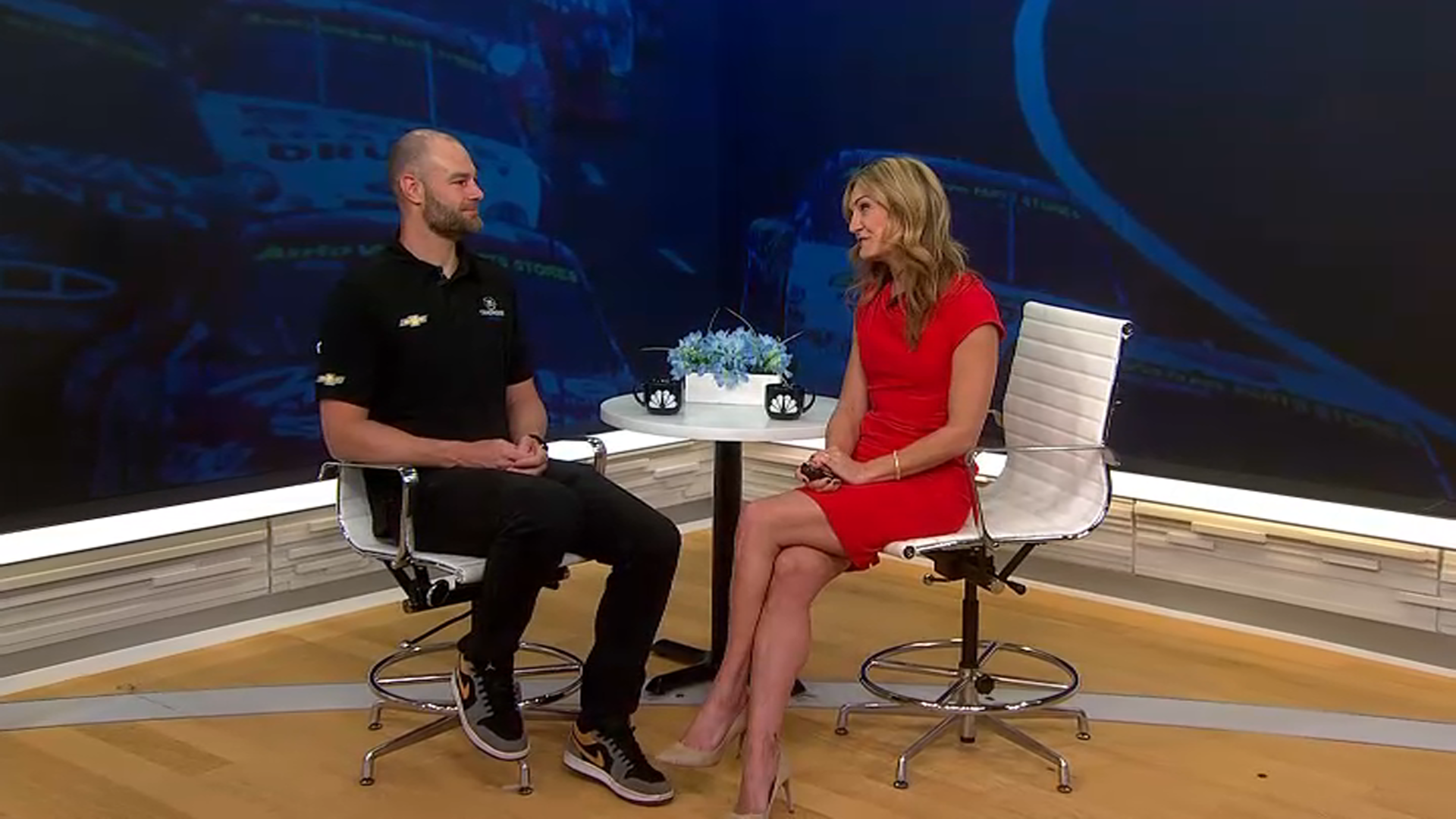Chicago is days away from seeing dozens of drivers speeding through downtown streets for a historic street race never-before seen in the city or in NASCAR.
The weekend events will mark a new moment in racing and in the city, but it will also bring what NASCAR hopes will be a lot of new eyeballs to the sport.
Whether you're a seasoned fan, a newcomer or just curious, here are some things you might want to know ahead of race day.
When is the NASCAR Chicago Street race?
The NASCAR Chicago Street Race will take place this weekend, July 1-2.
The NASCAR Cup Series street course race, also called the Grant Park 220, will take place on July 2 and will be preceded by an IMSA-sanctioned series race, the Loop 121, which will run on July 1.
Where is the race?
NASCAR Chicago Street Race
The proposed 12-turn, 2.2-mile course will take drivers onto major city roads like Columbus Drive, Michigan Avenue and Lake Shore Drive, taking them along Lake Michigan and around the city's popular Grant Park.
The start and finish line and pit road will be located along South Columbus Drive directly in front of Buckingham Fountain. The course will pass through the famed Grant Park, the northern edge of Soldier Field and more.
Feeling out of the loop? We'll catch you up on the Chicago news you need to know. Sign up for the weekly Chicago Catch-Up newsletter here.
See a full map and turn-by-turn breakdown here.
More information on all of the street closures related to the race can be found here.
Who is driving in the NASCAR Chicago Street Race?
There are 37 drivers on the NASCAR Cup Series entry list for the Grant Park 220.
The entry list includes seven former Cup Series champions and 26 former Cup Series race winners, plus two international champions from Formula One and Australian Supercars.
Here’s a full driver-by-driver breakdown of the field.
How many laps will drivers do in downtown Chicago?
Drivers will make 100 laps on the 2.2-mile course for a total of 220 miles.
How fast will cars go?
According to NASCAR, the cars "are projected to exceed 100 mph along several sections of the course’s straightaways, while other sections, such as turns and pit stops, will require significantly reduced speed."
What happens if there's a crash?
Both NASCAR drivers and experts have expressed concerns about tight turns along the course, which could lead to a rise in crashes.
Most road courses in NASCAR have plenty of run-off area exiting corners, meaning there’s space off the racing surface for drivers to use in the event that they miss their mark. The run-off area allows drivers to be more aggressive entering turns, because there’s no actual penalty for driving off course on corner exit other than some lost time.
The Chicago course has zero run-off area. If a driver misses their mark exiting a corner, they are going straight into the wall. That could be an adjustment, especially early in the race as they acclimate to the track.
Another unique aspect to this course is the sharp, 90-degree turns. Many NASCAR courses have winding roads, but that’s not the case in Chicago. Seven of the 12 turns on the course are 90-degree corners, which makes sense when you remember that cars will be driving through city streets.
But there are precautions in place should anything happen.
Heavier barriers are installed along the route as part of a safety plan for the race. The barriers are linked together to make them stronger, should a 3,600-pound vehicle slam into them. A catch fence also lines the course to keep debris inside the track.
The 2.2-mile course will be "fully enclosed" by that "specialized" barrier and fence system, which is "widely used by street courses across the world," NASCAR said on its website.
"It’s comprised of a series of concrete blocks with a fence attached to the top. This temporary barrier system is approved by the FIA, the worldwide governing body of motorsports," the website reads.
Who's the favorite to win?
Through 17 races this season, 11 different drivers have won a race. Last year, there were a record-tying 19 different winners over the 36 races.
Now add in the fact that the series has never before raced on a street course, and that makes predicting what will happen in the Grant Park 220 nearly impossible. The best way to handicap the field is by using statistics from this season and career statistics at road course races, but even that is no guarantee.
With that in mind, here are four drivers to watch as potential contenders in the Grant Park 220.
.



